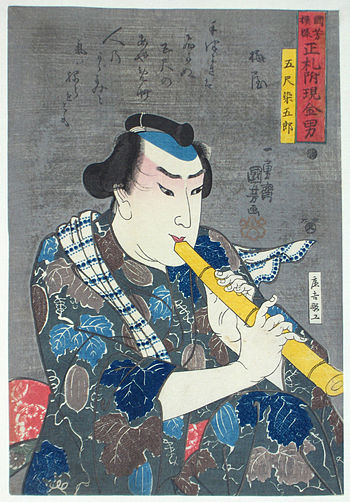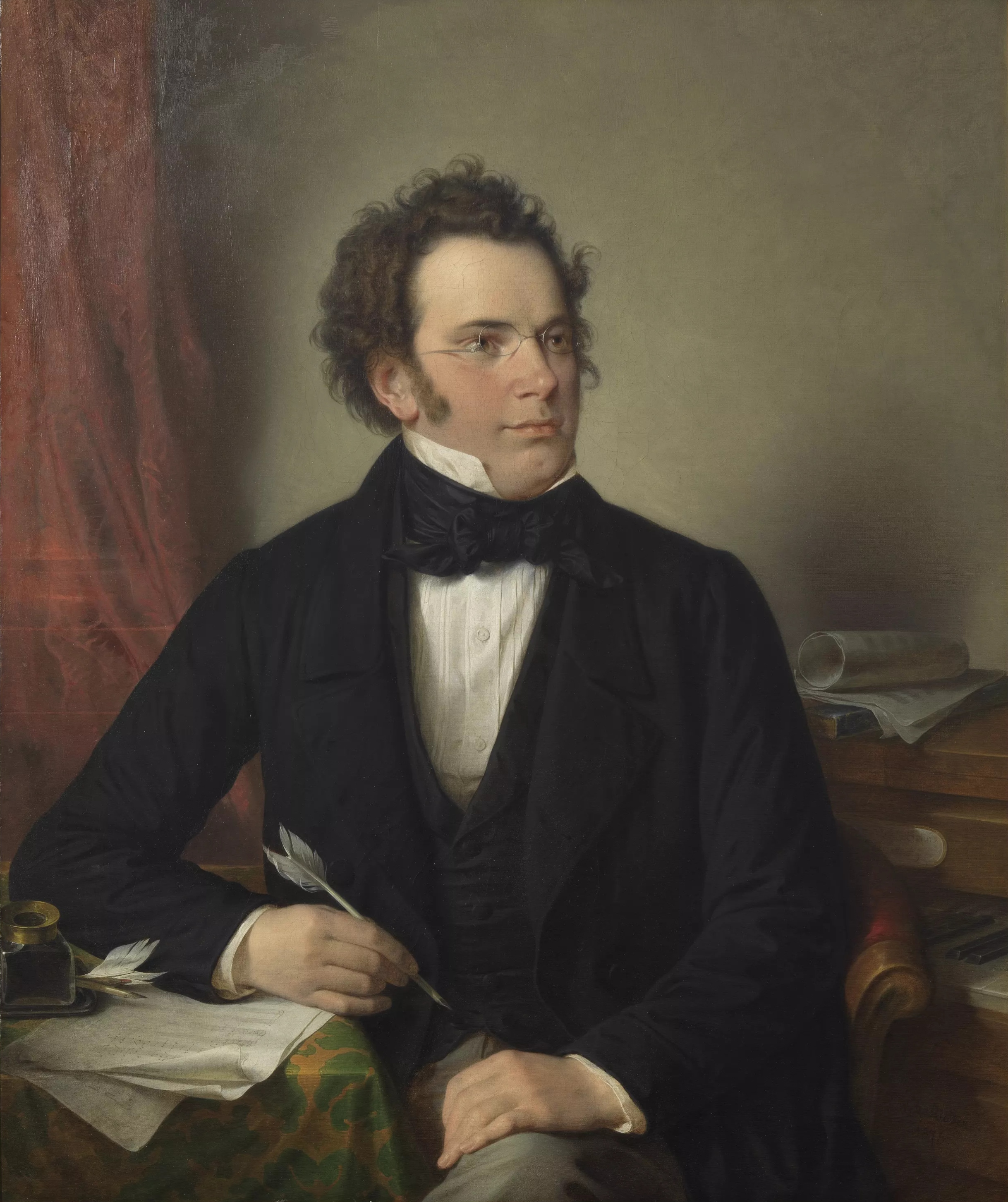 |
| Percussion instruments3 (Photo credit: Wikipedia) |
As time moved on, so is the evolution of percussion instruments. In the early 10th century, it was known that most tribes in Africa use sorts of percussions such as djembe, macaras used in Latin America, karimbas in Asia and seed rattles in Australia for their recreational and worship rituals and sometimes used in sending signals.
Percussion instruments that are displayed in orchestra first came from Asia Minor. In the 15th century, people began migrating east and brought with them numerous instruments. Our percussion instruments got their initial stages there when the Crusades took back the drums that they found in the Middle East. From then on, an evolution of percussion and drums kicked up a notch and assortments of percussion instruments came into being.
Percussion is categorized by a variety of criteria at times depending on their cultural origin, construction and function within the musical orchestration. It is generally referred as ?the heartbeat? of a musical ensemble, often functioning close collaboration with bass instruments if present.
Drums and percussions, as well as bass, are known as the rhythm section of the most popular music genres. Most classical pieces written for an orchestra since the time of Mozart and Haydn are schemed to put emphasis on strings, brass, and woodwinds. However, time and again they include a pair of timpani (kettle drums) although not played continuously. But moderately, they serve to offer additional accents when needed.
In the 18th and 19th centuries, more percussion instruments (like the cymbals or triangles) came to being and frequently, again moderately and cautiously played in general. The massive uses of percussion instruments become more recurrent in the 20th century, on classical music.
In almost all types of music, percussion plays a fundamental role. In a military parade, it is the strike of the bass drum that holds the soldiers' instep and at a normal speed, and it is the snare that endows that crisp, vital air to the tune of a troop. In traditional jazz, one almost instantly thinks of the distinguishing rhythm of the hi-hats or the ride cymbal when the word "swing" is uttered. In more current popular music genres, it is almost impossible to name at least three or four rock, hip-hop, rap, funk, punk, techno, grunge, alternative and blues songs that don?t have some kind of percussive beat maintaining the tune in time.
Because of the mixture and wide assortments of percussive instruments, it is not unusual to find large musical gathering composed wholly of percussion. Rhythm, harmony, and melody are all evident and alive in these musical factions, and in live performances, they are quite a spectacle to see.
|














